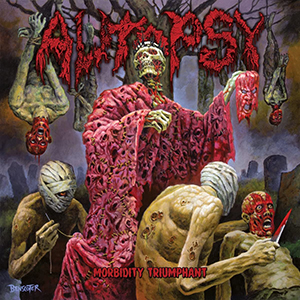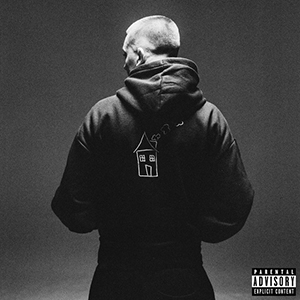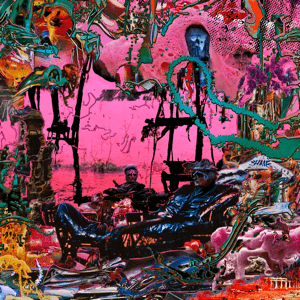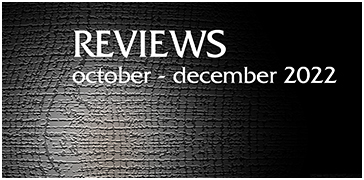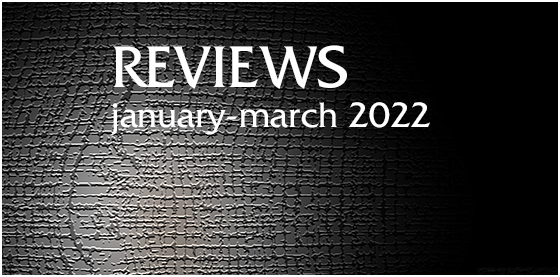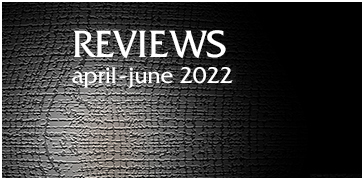
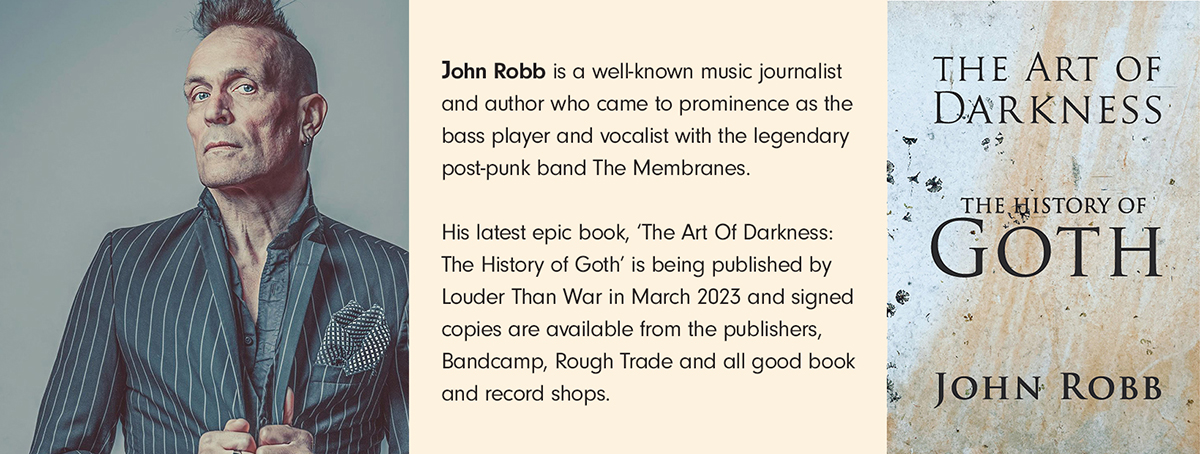
In ancient post-war pop culture times the years were clearly defined battlefields where you had to take sides. In the new now everything seems to be happening all at once and the past is mixed up with the future. Pop culture is now old. It’s now a pensioner.
2022 was one of the last years when pop’s past co-existed with the present. The Rolling Stones and Taylor Swift bypassed each other on the stadium circuit and Spotify was full of music old and new with most of the creators still on the planet. The best selling albums were the usual mixed bunch of pastel shades of pop from The Weeknd’s inventive pop landscapes to Harry Styles' flamboyant day-glo to Ed Sheeran or Adele's crafted vacuums. For every Little Mix there were the eternal bankers like Abba, Oasis, Queen and Fleetwood Mac.
There is much understandable hand-wringing about the twilight of the gods - the sixties first generation rock stars who are sadly rapidly slipping off the mortal coil. Of course it's sad but also a stark reminder that in the end, the youthful decade couldn't defeat the sands of time either.
It’s also a stark reminder that pop culture itself is old. The 27 club used to refer to rockers who took the lifestyle too seriously and burned out on drugs, but it now refers to the age when the fans' musical adventures get burned out and they to retreat from the future and start harping on about their past and their own teenage years like it was the peak time in thousands of years of human creativity.
In 2022 Tik Tok is pop culture; a photo or film clip can say a thousand words and is the 2022 seven-inch single the missive of the culture now? Social media means that everyone is in the marketplace; in the future everyone will be famous to their fifteen followers. The deconstruction of pop culture means an avalanche of sound and a tsunami of styles. There is more music than ever and the diamonds get lost in the swine. There are no discernible culture threads just a spaghetti of opposing avenues and confused algorithms trying to make sense of the beautiful chaos.
Meanwhile the mainstream gets on with business and the rest of music is a myriad of enticing cul de sacs, many at a creative high. Walking on the dark side you can find a vibrant black metal scene that still seeks out the sonic desolation with bands like Gyrdleah or Autopsy or the fast breaking out Sleep Token with their masked ambient metal sounding futuristic and full of enticing mystery. Mainstream media still sticks its fingers in its ears and defies huge bands like Tool who operate outside the narrative and sell out arenas and King Rock exists on its own parallel universe.
Meanwhile pop morphs into weird new shapes with the likes of Charli XCX and Billie Eilish and Grimes, if she ever releases her new album, melting music into new shapes. The constantly groundbreaking Fever Ray made an astonishing new record, What They Call Us, which showed what can be done with pop in a sparse stripped down minimalist environment. It's the same with Azealia Banks. This end of pop has more creative ambition than most much-lauded indie bands who have honed down their tried and tested formulae to perfection into a Trad Indie.
Under this noise, there is a DIY culture that exists beyond the maddening crowd. The Lovely Eggs neatly fold their own sleeves and create their own world for their perfect psych pop sold from their own corner shop in Lancaster; Sleaford Mods put noses out of joint with their man shouting at the clouds diatribes set to perfect minimalist grooves; and Bob Vylan deal the same kind of righteous anger with an engaging and thrilling statement of intent and state of the nation address about the disunited kingdom that still seethes with disgust.
Hip-hop continues to dominate with Kendrick Lamar or Drake melting it into new shapes and sounds and Danger Mouse being as inventive as ever with great quirky sounds and a cut-and-paste rush through pop culture. In Manchester the post-grime scene is released by the wonderful NQ Records collective basking on the success of Aitch, now somehow involved with upcoming acts like Cooper T or Blazer Boccle and a whole homespun gamut of local talent singing about local stuff in northern accents like, from Halifax, the sparse grime of Iceboy Violet. The about to be queen of this new scene is the wonderful and enticing Oneda - check her out now!
The noise boys of post-punk indie like Fontaines DC, Idles, Yard Act and Murder Capital all had a good year within their post-punk parameters - finding the quirk and emotional content in the sharp and angular and updating it for the now. Behind them there is a whole host of young bands looking for inspiration in the post-punk playlists forging their own version of that old adventure that perhaps needs new terminology.
Old school indie still played with the form, with the Arctic Monkeys showing that lads with guitars remain a traditional British love as they confounded expectations with a new album that embraced soundtrack and The 1975 were still playing with pop. Suede returned with a classic and so did Sea Power. New old school bands like Black Midi still brought the quirk like a hipster take on Primus with their wonderful dislocated musical trips. Black Country, New Road's 'Basketball Shoes' is an introspective soundscape like a funereal Tom Waits lament. Newcomers like Freya Beer brought her stark confessional goth pop closer to everyone's ears and Mango In Euphoria honed down her death disco vignettes.
The underground was still twitching with seething DIY activity in epicentres like the south London DIY scene and the Manchester northern quarter and Salford scenes. Our outliers in the fens or the flat fields of middle England saw stark electronics from Nik Colk Void or the Calder Valley adventures of Working Men's Club or the ever-enticing stark electronics of Gazelle Twin.
Then there are exquisite curveball artists who exist beyond the puny human ideas and constants of time and musical epochs, true visionaries who create on their own terms and create their own world that we have to dare to enter. Diamanda Galás's 2022 album, Broken Gargoyles, was another stunning evocation of dark shadows and musical genius with her stunning voice that pushes to the very boundaries what a larynx can sound like and the very emotions it can portray. The same kind of genius can be heard in Richard Dawson and his album, The Ruby Cord, where his wild storytelling and impossible guitar shapes made a thrilling terrain to get lost in. If you thought you had heard everything that could get down a guitar, he is there to remind you that there are still many possibilities.
2022 was like an ocean of endless species of exotic fish and the media year end lists were drag nets full of holes as they tried to capture this astonishing flux of human activity. The trad end mag lists are all totally different because there is no barometer to modern music. There are no gatekeepers, just a sprawl of gateposts and this suits us fine. The only certainties are decade-old bankers like Nick Cave and The Cure who have built up dark castles in the sands of time.
The future will be A.I. and Terminator wasn’t a blockbuster but a news reel from the never-ending robot war future. The borders will become more blurred between all the medias and the flesh of humanity will occasionally cut across the spiralling narrative. It's just another landscape to navigate. It wasn't better in the old days of lard and Noel Edmunds and the future has always been with us and the past has always been too comfortable …
John Robb
